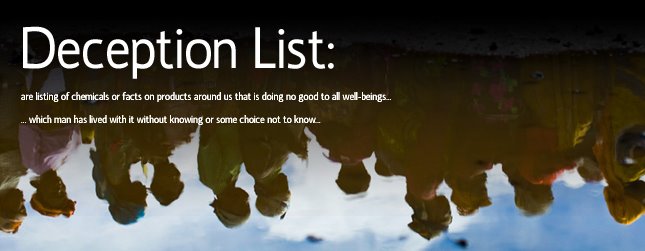Following on my story on 'Styrofoam' Paranoid
:::::::
Polystyrene Foam Report
What is it?
Polystyrene is a petroleum-based plastic made from the styrene monomer. Most people know it under the name Styrofoam, which is actually the trade name of a polystyrene foam product used for housing insulation. Polystyrene is a light-weight material, about 95% air, with very good insulation properties and is used in all types of products from cups that keep your beverages hot or cold to packaging material that keep your computers safe during shipping.
:::::::
Source: 'Toxics In Plastic'; pg11 ISBN 983-104-088-0 / CAP Guide by Consumers' Association of Penang.
... the styrofoam containers used for the noodles leached styrene when boiling water was poured into them.
... consumption of styrene can cause liver and kidney damage as well as irregular heartbeat.
:::::::
